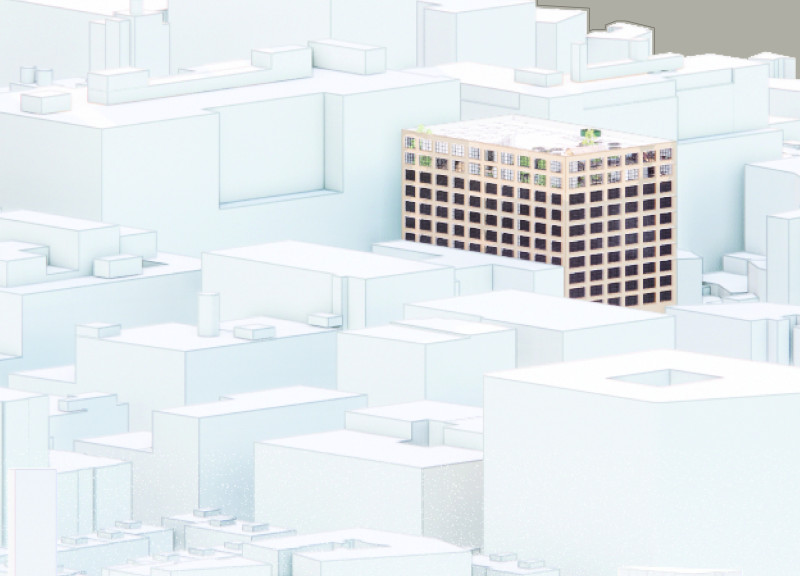5 key facts about this project
The REI NYC project presents an exploration of the relationship between people and nature in an urban setting. Located in the bustling environment of New York City, the design serves multiple functions, encouraging community interaction and a reconnection to the natural world. At its heart, the project seeks to balance contemporary urban life with the inclusion of natural elements, creating an inviting space for both reflection and social activities.
Conceptual Framework
The design concept is articulated through the idea that "the sense of freedom is boundless, but to know freedom, you must understand bondage." This statement emphasizes the vital connection between urban living and nature, creating a dialogue that is essential for modern city life. The project focuses on raising awareness of this relationship, offering spaces that promote personal engagement and shared experiences.
Spatial Composition
Key areas in the design include a welcoming lobby that acts as the initial point of contact for visitors, setting the stage for collaboration. A forest area introduces natural features into the built environment, highlighting the importance of nature within the urban context. This thematic space encourages occupants to explore and interact with greenery, contributing to a sense of well-being amidst the city hustle.
Functional Areas
The design incorporates various functional spaces, such as a pantry that emphasizes healthy eating and nourishment. There is also a breakout area designed for social interaction and collaboration. The bar section offers a place for relaxed gatherings, enhancing the communal atmosphere. Pathways are carefully arranged throughout the project, allowing for easy movement and exploration of both indoor and outdoor spaces, promoting a connected experience.
Design Intent
The aim of the REI NYC project is to encourage a renewed relationship between people and nature. This intent is apparent in the way spaces are organized and their intended purposes, with a focus on creating a sustainable urban environment. Each element is designed to engage users, offering an experience that increases their awareness of the environment while facilitating social interactions.
Natural lighting plays a significant role in enhancing the spatial experience. Light filters through the design, creating a changing play of light and shadow that connects users with the passing time of nature. This detail enriches the overall experience, making the relationship between the built environment and the natural world more tangible.






















































